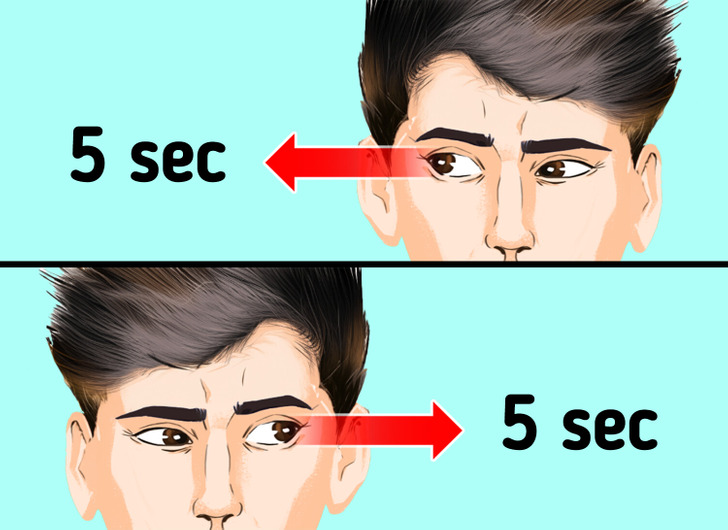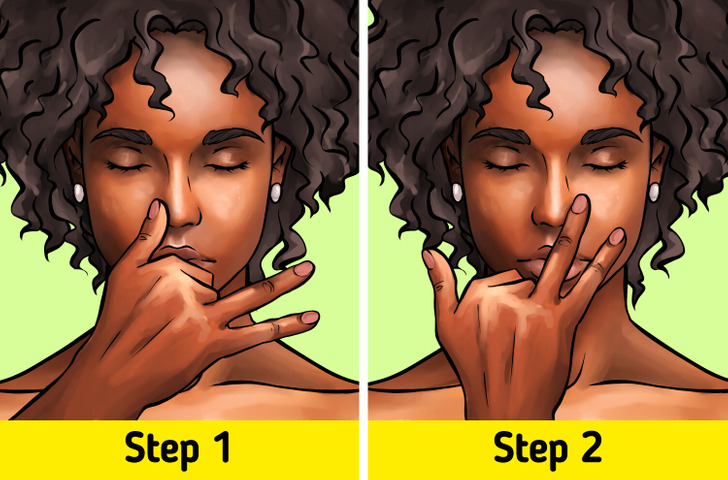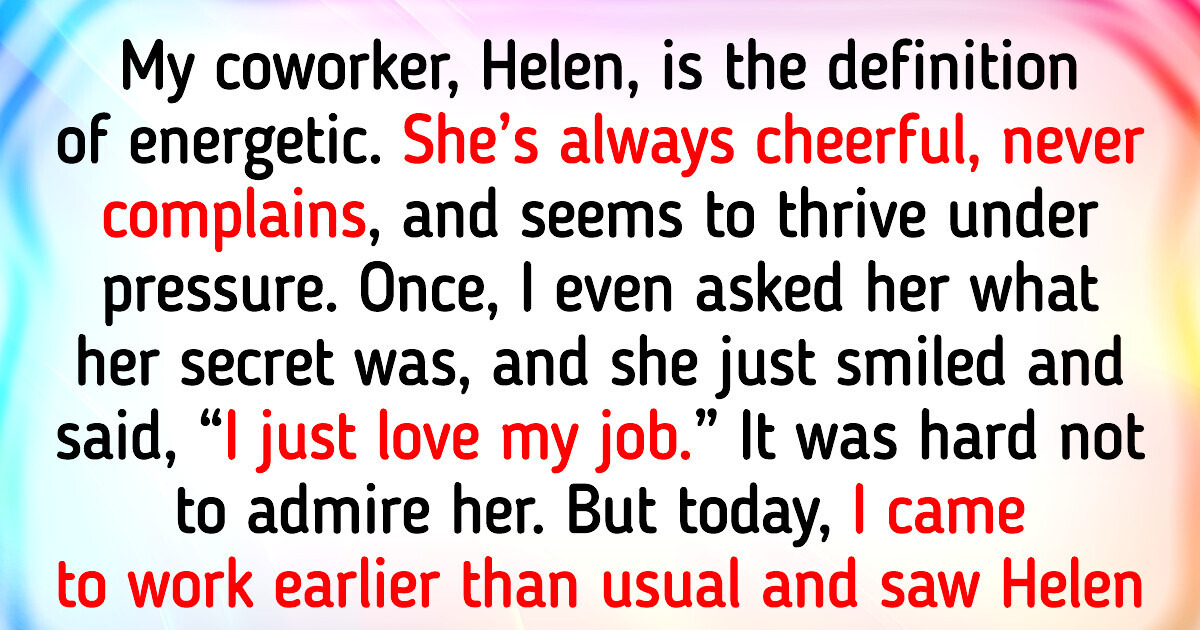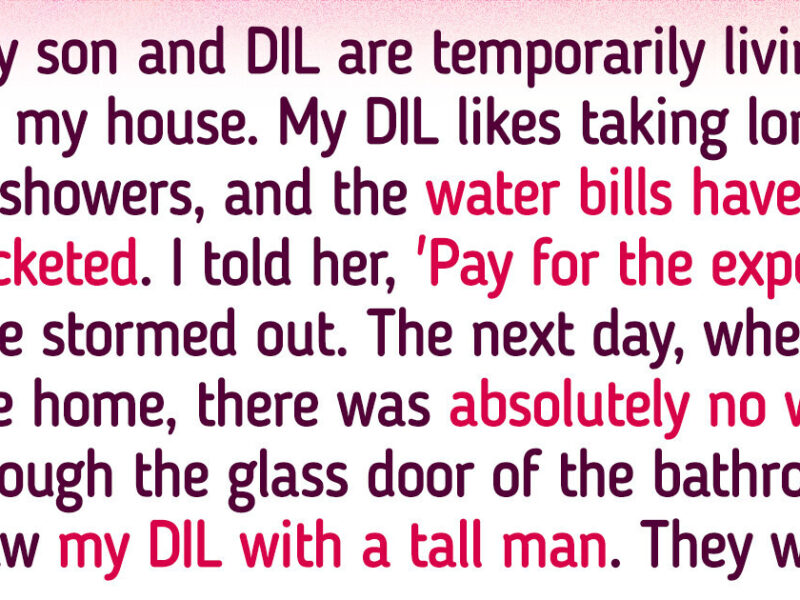10 Productivity Habits to Help You Tackle Your Workday Effortlessly / Bright Side
Even the most resilient people can struggle with burnout and stress. In a world that often glorifies being busy, it’s easy to fall into the trap of overworking and ignoring your own well-being. So, how can we avoid burnout and minimize stress while maintaining our productivity and joy at work? Here are some practical tips to keep your energy and spirits high.
1. Set boundaries.
It’s tempting to answer emails at midnight or work through weekends, but these habits blur the line between work and life. And after-hours work communications can seriously contribute to stress and burnout.
Protect your time by setting clear boundaries. For example, designate specific hours for work and stick to them. When you’re off the clock, resist the urge to check emails or respond to work messages. Also, dedicate evenings to personal activities or family time, and stick to those limits.
2. Prioritize “must-dos” over “should-dos”.
Burnout often stems from trying to do it all. Overcommitting without recognizing our limits can result in stress, physical and emotional exhaustion, diminished productivity, and a lack of balance in life.
Instead of saying yes to every task, focus on what truly matters. Make a list of your priorities and categorize them as “essential” or “optional.” It’s okay to let go of the “should-dos” and concentrate on impactful activities. Prioritization can reduce burnout by 41%.
3. Schedule regular recharge breaks.
No one’s immune to the effects of overwork. We’re more productive and creative when we step away periodically.
Try the Pomodoro Technique—work for 25 minutes, then take a 5-10-minute break. Use that time to stretch, breathe deeply, or even dance to your favorite song. These micro-breaks reset your brain, combat fatigue, and increase energy, productivity, and focus. Moreover, taking systematic breaks can positively affect mental effort, task experiences, and task completion.
4. Embrace the power of movement.
A quick walk, yoga session, or workout does wonders for your mental clarity. Movement enhances mood and reduces stress.
Start with a simple habit, like a 10-minute walk during lunch, and gradually build up. Bonus points if you get some fresh air and sunshine while you’re at it!
5. Refresh your mind with simple exercises.

Side-to-side eye movement: This simple exercise can help calm your nervous system and soothe your tired eyes. It requires only a few seconds to perform and can be easily integrated into your day,
Sit comfortably and move your eyes slowly from left to right and back again, focusing on a point in each direction. Eye movements, particularly horizontal ones, can help reduce tension and promote relaxation by stimulating the parasympathetic nervous system.

Alternate nostril breathing (Nadi Shodhana): A cornerstone of yoga, this breathing exercise promotes balance and relaxation.
To practice, sit comfortably, close your right nostril with your thumb, and inhale deeply through your left nostril. Then close your left nostril with your ring finger, release your thumb, and exhale through your right nostril. Inhale through the right, switch nostrils again, and exhale through the left.
This practice can reduce heart rate and stress levels and improve autonomic nervous system balance.
6. Don’t be afraid to seek help.
“My coworker, Helen, is the definition of energetic. She’s always cheerful, never complains, and seems to thrive under pressure. Once, I even asked her what her secret was, and she just smiled and said, ’I just love my job.’ It was hard not to admire her.
But today, I came to work earlier than usual and saw Helen sitting in her car in the parking lot, sobbing into her hands. I didn’t know what to do, so I hesitated before gently knocking on her window. She quickly wiped her tears and forced a smile, saying, ’Oh, just allergies acting up.’ I’ve always thought Helen had it all together, but now I’m starting to think she’s hiding more than she lets on.”
Helen’s moment in the car shows the importance of vulnerability.
If stress feels unmanageable, consider reaching out for support, whether it’s a trusted friend, a professional counselor, or even your workplace’s wellness resources. Sometimes, just talking things through can make a world of difference. Having even one conversation with a friend per day can positively impact mental well-being.
7. A little humor goes a long way.
Life’s pressures can be overwhelming, but don’t underestimate the stress-busting power of a good laugh. Watch a funny video, trade jokes with a friend, or keep a stash of silly memes at hand. Laughter isn’t just fun—it’s therapeutic!
Laughter enhances oxygen intake, stimulates the heart, lungs, and muscles, and increases endorphin release, promoting relaxation. To top that off, humor serves as a coping mechanism, helping people become calmer and more at ease during stressful times.
8. Declutter your workspace for a clearer mind.
A cluttered desk can lead to a cluttered mind. Taking just five minutes a day to tidy up your workspace can create a more calming environment. A survey of 1,000 office workers found that 90% believed a cluttered workspace negatively impacted their productivity and mood.
So, organize your papers, minimize unnecessary items, and personalize your space with something uplifting, like a small plant or a photo. A clean and organized workspace reduces distractions and helps you stay focused.
9. Practice digital detoxing.
We’re constantly overwhelmed by notifications, emails, and social media updates, which can contribute to stress and mental fatigue. Excessive screen time and information overload can lead to increased anxiety and cognitive strain.
Set aside time each day to disconnect from screens—whether it’s during lunch, before bedtime, or on weekends. Use this time to engage in offline activities, such as reading, meditating, or spending quality time with loved ones. A digital detox can refresh your mind, decrease stress levels, improve sleep quality, and enhance your ability to focus when you’re back at work.
10. End your day with a ritual.
Create a soothing evening routine to signal your brain that it’s time to unwind. Whether it’s journaling, reading, or indulging in a warm bath, these rituals help transition from work mode to relaxation.
A consistent bedtime routine, including relaxing practices like listening to calming music, reading a book, or taking a bath, can also improve sleep quality. Activities like deep breathing or practicing mindfulness meditation can lower cortisol levels, promoting a sense of calm. Additionally, creating an environment that is cool, dark, and free from electronic devices supports better rest.
It’s important to remember that no one is immune to stress. Embrace these tips and adopt healthier work habits. This way, you can make small, intentional changes, and you’ll be able to thrive, no matter what challenges come your way.












